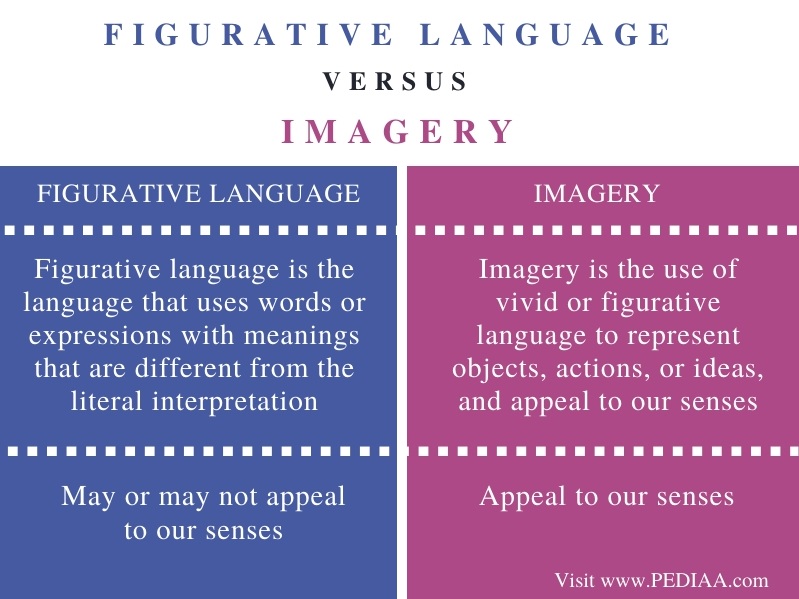

Savoriness, such as a steak dinner or thick soup.Saltiness, such as pretzels, French fries, and pepperonis.Sourness, bitterness, and tartness, such as lemons and limes.Sweetness, such as candies, cookies, and desserts.Gustatory imagery describes what we taste. Odors, such as rotting trash, body odors, or a stinky wet dog.


Here are the five most common types of imagery used in creative writing: In this example, imagery is used to describe the feeling of strained muscles, grass’s tickle, and sweat cooling on skin.
The five types of imagery skin#
The grass tickled his skin and sweat cooled on his brow.

Example 5Īfter the long run, he collapsed in the grass with tired and burning muscles. Thanks to an in-depth description of the candy’s various flavors, the reader can almost experience the deliciousness directly. The candy melted in her mouth and swirls of bittersweet chocolate and slightly sweet but salty caramel blended together on her tongue. The scent of hibiscus helps describe a scene which is relaxing, warm, and welcoming. She smelled the scent of sweet hibiscus wafting through the air, its tropical smell a reminder that she was on vacation in a beautiful place. Here, auditory imagery breaks silence with the beautiful sound of piano keys. Silence was broken by the peal of piano keys as Shannon began practicing her concerto. In this example, the experience of the night sky is described in depth with color (black as ever, bright), shape (varied constellations), and pattern (sprinkled). The night was black as ever, but bright stars lit up the sky in beautiful and varied constellations which were sprinkled across the astronomical landscape. Imagery includes figurative and metaphorical language to improve the reader’s experience through their senses. OR “A little girl is walking through the highlands and falls down and gets bruises on her elbow.Imagery is language used by poets, novelists and other writers to create images in the mind of the reader. For instance, if you are reading a book that mentions some Shop clerk in a European country is enveloping his customer in a handmade cashmere wrap and the soft silk wool breeze is brushing against his arms. This will be working hand in hand with your sense of touch. All this can happen just in your imagination. For instance, if you imagine that you are eating French fries then you would also wish to add some spices and butter to it and make it even tastier. With the help of this taste buds, the author will try to take you down the sensory highway. Whenever you smell some good food you feel like grabbing it and swallowing it in just one go. Now this is something related to your taste buds. And it is no surprise that authors want to tap into some of those last moments you make your reading experience more and more interesting. With a single smell of our grandmother’s favorite flower you can take yourself back in time. This type of imagery is getting popular because of the reader’s always find a strong link to the past. This will help you to imagine the story character or relate to someone in your real life. For instance, an author has described a woman’s appearance with words “Jenny was beautiful with chestnut brown hair with glimmering golden hues”. The authors of the book describe a person’s character, appearance or a situation in a very interesting way. All these things will make the visual imagery very common and paramount. These elements are interrelated to each other provided with different images of the characters and scenery. In the core, you might have observed that every story will have five major elements ie introduction, rising actions, climax, falling action, and resolution. In English literature, it is one of the most common imagery.


 0 kommentar(er)
0 kommentar(er)
